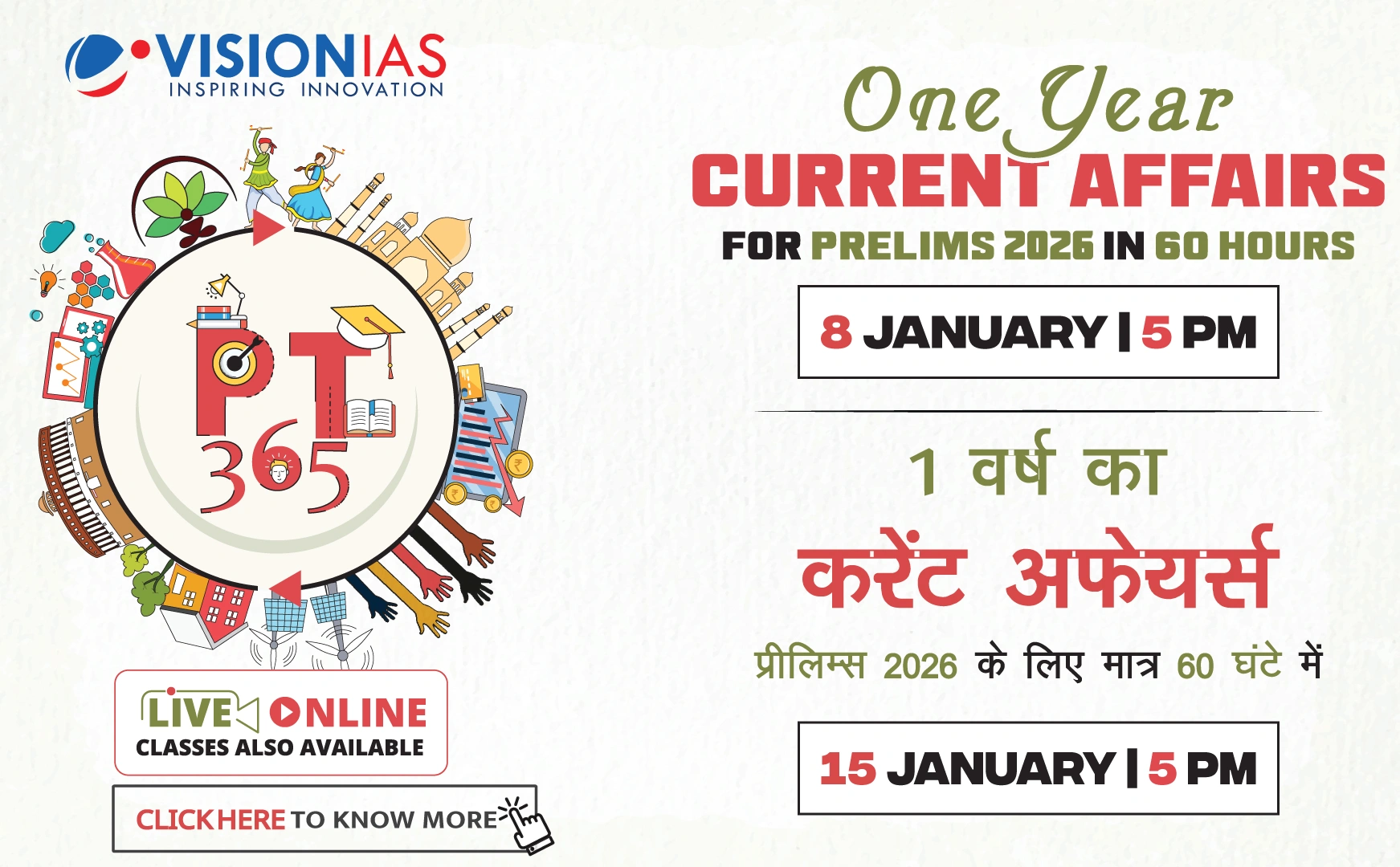Introduction to U.S. Tariff Announcement
On April 2, the U.S. president announced significant bilateral tariffs:
- India faced a 26% tariff, China 34%, and the European Union 20%.
- Tariffs were suspended for 90 days, pending "fair and reciprocal" trade deals.
- The announcement marked a shift from the WTO's rules-based trade system.
Shift in Global Trade Order
- The U.S. has moved from a multilateralism approach, once led by GATT and WTO, to bilateral trade agreements.
- The current US leadership term was marked by unilateral tariffs and trade wars.
- The WTO's appellate body was paralyzed by 2019 due to the U.S. blocking appointments.
Coercive Bilateralism
The U.S. uses market access as leverage, demanding either tariff reductions or facing high tariffs.
- Success was seen with Vietnam agreeing to reduce tariffs on U.S. goods.
- India faces pressure to concede on sensitive sectors like dairy and agriculture.
- The EU seeks a middle ground, negotiating exemptions for certain sectors.
Consequences of Coercive Bilateralism
- Multilateralism is unraveling, sidelining the WTO.
- Smaller economies lose negotiation leverage with the U.S.
- Global trade consistency is breaking down, threatening predictability.
Implications for India
India must balance between tactical necessity and economic priorities:
- Tariff reforms might benefit India in the long run.
- Concessions must be evaluated against long-term implications.
- India should focus on revitalizing regional trade pacts and WTO reform.
Conclusion
The shift to coercive deal-making raises the fundamental question of choosing between a power-based trade order and rebuilding a fair, rules-based system.



